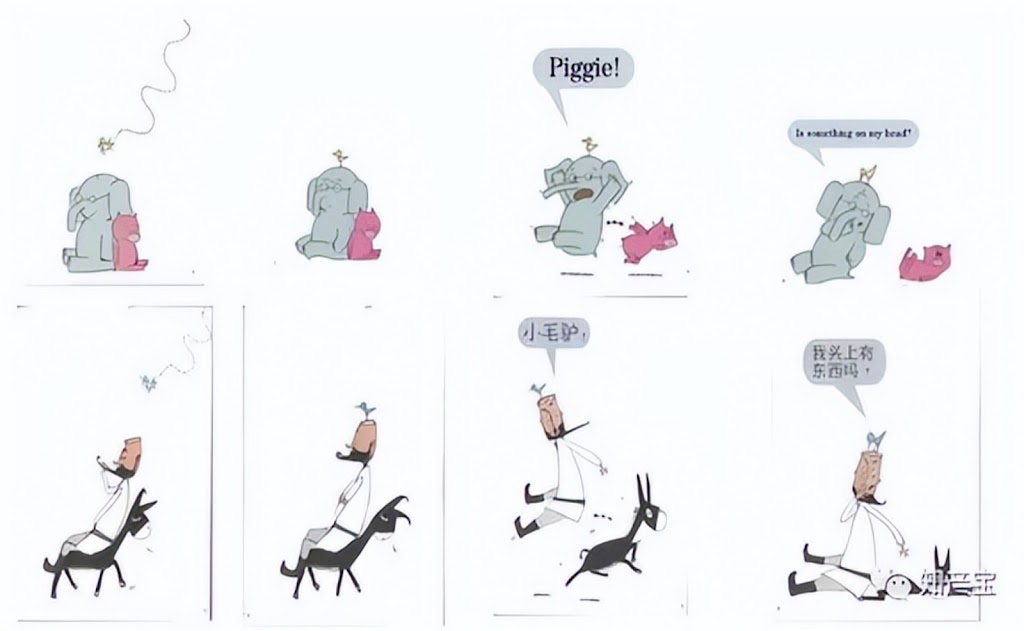Therefore, the act of deliberately avoiding or destroying the technical measures taken by the copyright owner to protect its software copyright constitutes an independent type of software copyright infringement.
The above-mentioned legal provisions reflect the restrictions on malicious evasion of technical measures, and are the protection of computer software copyrights. At the same time, the above provisions restricting “malicious evasion of technical measures” cannot be abused. How to correctly understand the constituent elements of “malicious evasion of technical measures” in judicial practice and accurately define the basic scope of “malicious evasion of technical measures” is worthy of in-depth discussion.
I. The Basic Connotation of Computer Software Infringement of “Malicious Evasion of Technical Measures”
The premise of analyzing the computer software infringement of “malicious evasion of technical measures” is to make a clear definition of technical measures.
As far as the connotation of technical measures is concerned, Article 26 of China’s “Regulations on the Right to Disseminate Information Networks” stipulates that “technical measures refer to measures used to prevent or restrict the browsing, appreciation of works, performances, and audio and video products without the permission of the right holder. Or provide the public with effective technologies, devices or components of works, performances, audio and video recordings through information networks.”
It can be seen that the core of the above-mentioned “technical measures” is to protect the exclusive rights in the copyright, so that others can perform certain acts without the permission of the right holder. Based on this, “malicious evasion of technical measures” is the illegal deprivation of the right holder’s legitimate interests in obtaining benefits from the use of works by others, which is morally reprehensible and legally attributable.
As far as the extension of technical measures is concerned, generally speaking, technical measures can be divided into two types according to their functions: access control measures and copyright protection measures. Among them, “contact control measures” are technical measures used to prevent others from accessing the content of works without permission; technical measures to protect their copyrights.
The Regulations on the Protection of the Right to Disseminate Information Networks does not stipulate the above categories, but if it does not belong to the above-mentioned contact control measures and copyright protection measures, it is only for commercial purposes and is used to protect commercial interests that are not related to copyright.
For example, technical measures only for the purpose of realizing bundled sales or technical measures for the purpose of dividing sales areas, whether it constitutes “technical measures” in the sense of copyright law, it is worth exploring.
The author believes that the above-mentioned technical measures for the purpose of bundling sales, dividing sales areas, etc., do not belong to the “technical measures” in the computer software infringement of the “malicious evasion of technical measures” type, and are not suitable to be regulated by the Copyright Law. Explore the adoption of the “Anti-Unfair Competition Law” and other regulations.
2. Judicial Practice of Computer Software Infringement of “Malicious Evasion of Technical Measures”
Generally speaking, computer software copyright infringement, online game copyright infringement, and online copyright infringement have become the main forms of copyright infringements. At the same time, computer software infringement of the “malicious evasion of technical measures” type has also become the mainstream of copyright infringement cases.
Figure 1 Distribution of the number of computer software infringement cases of “malicious evasion of technical measures” from 2009 to 2018.
It can be seen from the classification of the causes of computer software infringement of the type of “malicious circumvention of technical measures” that the current causes of action for copyright ownership and infringement disputes are at least copyright ownership disputes, infringement of works information network dissemination rights disputes, infringement of works exhibition There were 1579 cases, 1532 cases, 603 cases, 276 cases and 256 cases, respectively.

Figure 2 The distribution of the causes of computer software infringement cases of “malicious evasion of technical measures” from 2009 to 2018.
It can be seen from the industry classification of computer software infringement of the type of “malicious evasion of technical measures” that the industry distribution of relevant copyright ownership and infringement disputes is mainly concentrated in information transmission, software and information technology services, culture, sports and entertainment industries. Scientific research and technical services, leasing and business services, wholesale and retail.

Figure 3 Industry Distribution of Computer Software Infringement Cases of “Malicious Evasion of Technical Measures” from 2009 to 2018.
It can be seen from the classification of computer software infringement results of the type of “malicious evasion of technical measures” that there are 6,819 first-instance cases that fully/partly support the plaintiff’s claims, accounting for 94%; The ratio is 5%; there are 123 other cases, accounting for 2%. It can be seen that the success rate of plaintiffs in computer software infringement cases of “malicious evasion of technical measures” is very high.
3. Determination of the composition of computer software infringement in the type of “malicious evasion of technical measures”
If it does not belong to the contact control measures and copyright protection measures, but only carried out for commercial purposes and is used to protect commercial interests unrelated to copyright, it does not constitute an appropriate application in computer software infringement of the “malicious circumvention of technical measures” type.
In Beijing Jingdiao Technology Co., Ltd. v. Shanghai Naikai Electronic Technology Co., Ltd. infringement of computer software copyright case(Supreme People’s Court Guiding Case No. 48), the determination of the composition of computer software infringement in the type of “malicious evasion of technical measures” was fully discussed, especially drawing a line between the “technical measures for the purpose of bundling sales, dividing sales areas, etc.” and “technical measures” in computer software infringement of malicious evasion of technical measures.
In this case, the Shanghai Higher People’s Court held that ( 2006 Hu Gao Min San (Zhi) Zhong Zi No. 110 Civil Judgment), Article 48, Paragraph 1, Item 6 of the Copyright Law, the provisions of Article 24, Paragraph 1, Item 3 of the Software Protection Regulations mainly restrict malicious technical evasion of protected software copyrights.
The copyright owner sets a specific file format for the output data, and takes encryption measures for the file format, restricting other brands of machines from reading the data saved in this file format, so as to ensure that the machine bundling its own computer software has a competitive advantage in the market. It does not belong to the acts that the copyright owners take technical measures to protect their software copyrights as mentioned in the above provisions.
The act of others developing software that can read the specific file format set by the copyright owner does not constitute an infringement of software copyright.
According to the facts of this case, the Eng format file output by JDPaint is a file that completes data exchange between two computer programs in Jingdiao’s “Jingdiao CNC Engraving System”. In terms of design purpose, Jingdiao uses Eng format instead of general format to complete data exchange. It is not to encrypt and protect JDPaint software, but to realize that only “Jingdiao CNC Engraving System” can receive this format. Only the engraving machine bundled with “Jingdiao CNC Engraving System” can use this software.
Jingdiao adopts Eng format for JDPaint output files, which aims to limit the use of JDPaint software only in “Jingdiao CNC engraving system”. This kind of behavior does not belong to the technical protection measures taken to protect software copyright.
If the protection of software copyright is extended to products bundled with software, it will inevitably exceed the scope of protection of computer software copyright under China’s Copyright Law.
The technical measures taken by Jingdiao in this case were not technical measures taken to protect the copyright of JDPaint software, but technical measures taken to obtain benefits other than copyright interests. Therefore, the technical measures taken by Jingdiao do not belong to the technical measures taken by copyright owners to protect their software copyrights as stipulated in the Copyright Law and the Regulations on the Protection of Computer Software. The act of software does not belong to the act of intentionally avoiding and destroying the technical measures taken by the copyright owner to protect the software copyright.
Summary
To sum up, “malicious evasion of technical measures” is the illegal deprivation of the right holder’s legitimate interests in obtaining benefits from the use of works by others, which is morally reprehensible and legally attributable.
The core of the “technical measures” is to protect the exclusive rights in the copyright, so that others can perform certain acts without the permission of the right holder. As far as the extension of technical measures is concerned, it can be divided into two types: access control measures and copyright protection measures.
A business model that is only carried out for commercial purposes and used to protect commercial interests unrelated to copyright should not be identified as copyright law.






